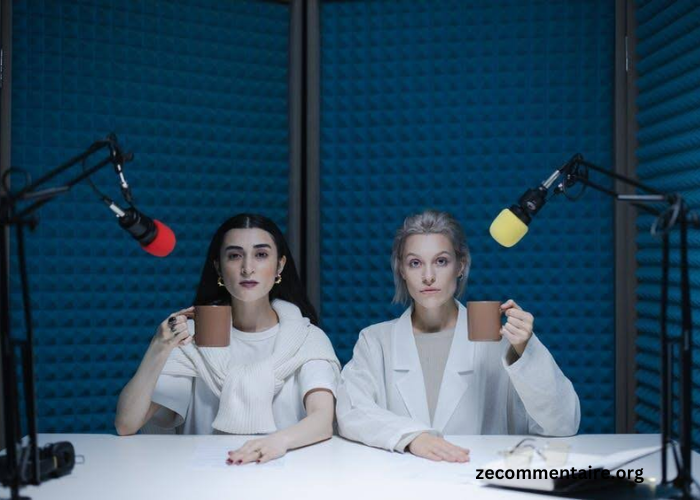Once upon a time, storytelling was a communal affair. People gathered around fires, sharing tales of heroes and myths. Each word was savored, passed from one generation to the next.
Today, our campfires are digital screens. Stories travel faster, reaching millions in an instant. From ancient bards to modern influencers, the essence of storytelling remains unchanged.
It’s about connection, emotion, and the shared human experience. As we dive into this storyteller guide, we’ll explore how famous storytelling has evolved.
Ready to learn more? Let’s begin!
Origins of Storytelling in Ancient Oral Traditions
Before the invention of writing, stories were passed down through oral traditions. This meant that they were not written down but spoken and performed by storytellers, bards, and shamans.
These early forms of storytelling served multiple purposes for ancient civilizations:
- to educate
- to entertain
- to preserve history and cultural traditions
- to bring people together
Oral storytelling was a vital part of many societies. It allowed for the transmission of valuable knowledge, morals, and beliefs. Plus, they were often accompanied by music, dance, and elaborate performances that captivated audiences.
The Golden Age of Epics and Manuscripts
As writing systems developed, stories began to be recorded and shared in written form. This gave rise to epic poems like the ancient Greek epics of Homer’s Iliad and Odyssey.
These manuscripts were meticulously crafted by skilled scribes and monks. They even preserve tales that would become timeless classics.
During this time period, storytelling shifted from a communal activity to a more individualistic one. People could now read and interpret stories on their own, without the need for a storyteller.
Social Media and the Transformation of Storytelling
With the rise of social media, storytelling has taken on a whole new form. Platforms like Facebook and Instagram allow individuals to share their stories with the world in real time.
They even eliminated the need for traditional storytelling courses. Influencers have become modern-day storytellers. They craft narratives through carefully curated photos and videos.
Brands use social media to connect with audiences through storytelling. In short, there’s no more need for storytelling classes. Social media provides all the tools you need to tell your story effectively.
The Role of Video and Streaming Platforms
Video and streaming platforms allow creators to reach global audiences instantly. Platforms like YouTube and Netflix offer endless possibilities. Here, creators can share:
- documentaries
- vlogs
- short films
In addition, video content became even more engaging. People prefer visual stories over text. The combination of images, sound, and motion creates a richer experience.
For example, in The Adventures of Nellie site offers a treasure trove of visual narratives that captivate audiences with its unique blend of storytelling and immersive imagery.
Through its engaging content, visitors are transported into Nellie’s world, experiencing her adventures firsthand. This creates a deeper connection and emotional response, making it more memorable.
The Future of Famous Storytelling
As we look to the future, storytelling will only continue to evolve. New technologies will bring fresh opportunities. Despite the changes, the core essence of storytelling will remain the same.
Ready to tell your own story? Embrace the tools available today and start sharing your famous storytelling. Your tale could inspire the next generation.
Did you find this article helpful? Check out the rest of our blog now!





